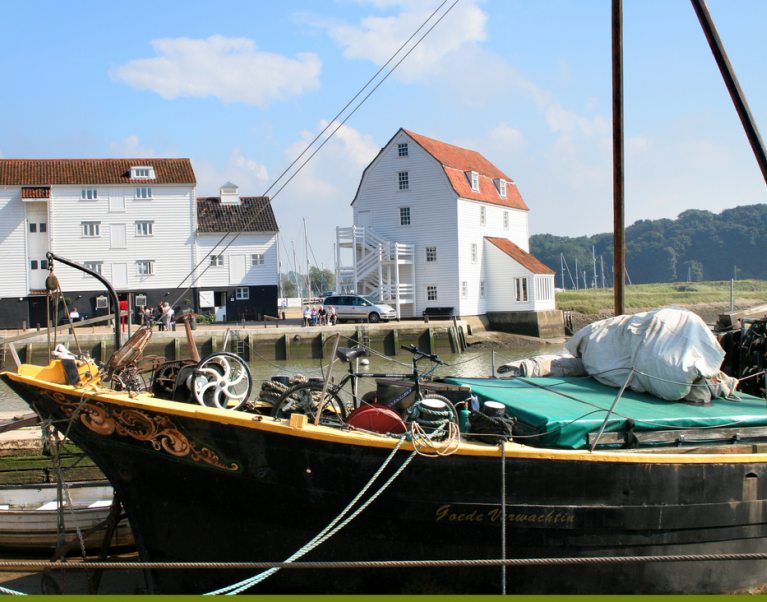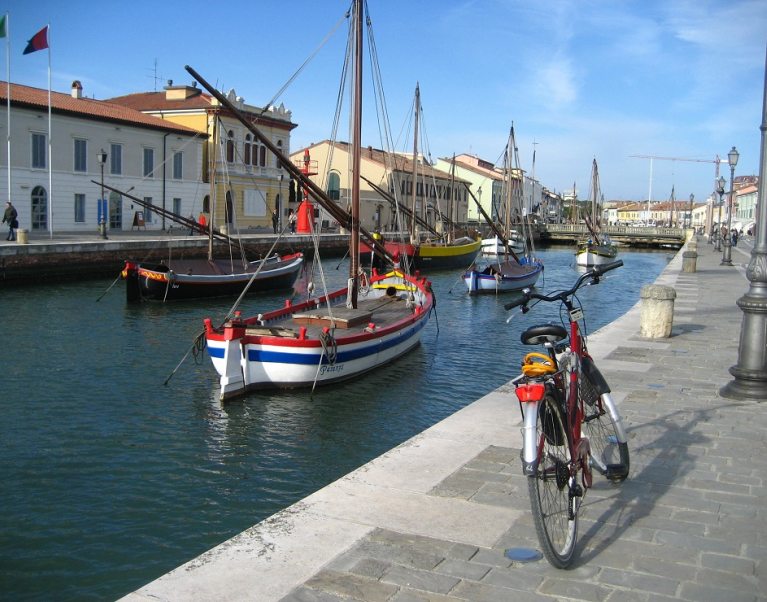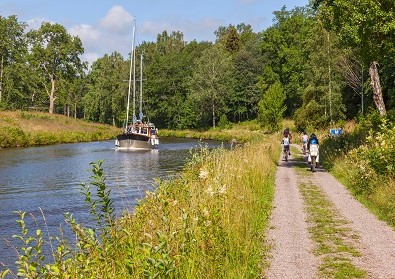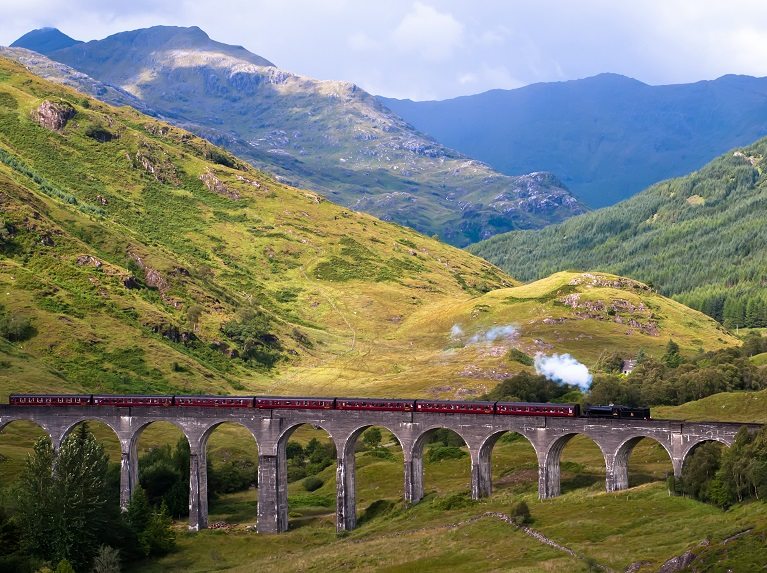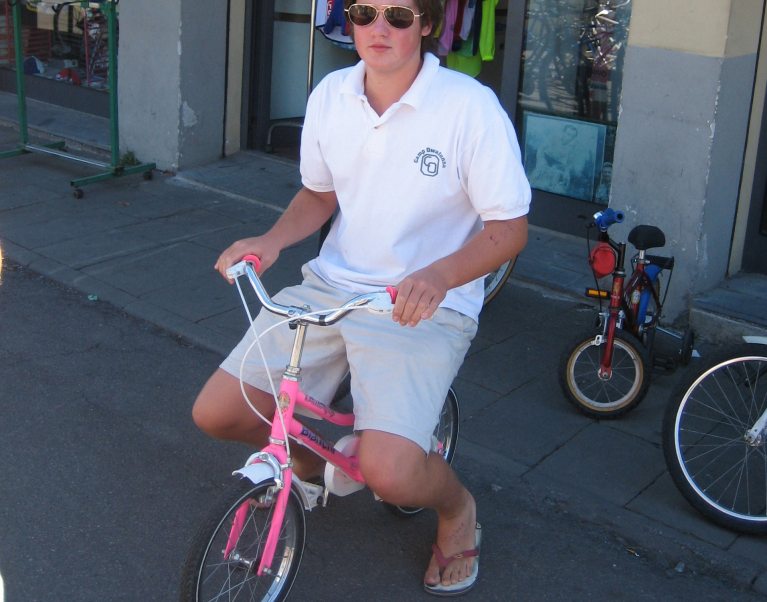Spotlight on Suffolk
5th March, 2021
Here is a county well worthy of a spotlight! We love it for its unspoilt coast with a slightly old fashioned air, the mix of reed beds, sandy heaths, woodland and sinuous estuaries, a slower pace of life, timbered buildings, arty finds and a landscape enabling marvellous flat cycle rides and fascinating walks.
In the wider world, Suffolk is also known for its music and literature links, its foody ethos of farm shops, relaxed pubs with quality offerings of local foods and drink and the medieval town of Lavenham.
The charming coastal spots of Orford, Aldeburgh and Southwold are linked with Woodbridge on our gentle cycling holiday A Suffolk seaside jolly. With a day off in each place, you can chill out, walk or enjoy various boat trips too -a perfect mix for a family holiday. Pick the luxury version if you want gorgeous boutique hotels and the classic choice for handpicked charm.
Our Suffolk coast walking holiday enjoys the same lovely overnight stays with the option of alternate days off if that's your pace. There's magnificent variety in the walks and in discovering Suffolk's other gifts.
A heart in the arts
Harry Potter's fictional birthplace of Godric's Hollow was inspired by Lavenham and its magical streets. Benjamin Britten is linked with Aldeburgh where you can visit his house and Snape Maltings where he founded a music venue. Suffolk is synonymous with artists so for a great gallery check out Southwold's Co-op on our Suffolk coast walking holiday.
Stars of food and drink
No Michelin stars in the county, but little gems galore. Try The Unruly Pig in Woodbridge, Orford's artisan Pump Street Bakery, Aldeburgh's fish and chips and the Pinney family's locally reared oysters at The Butlery Orford Oysterage. And of course, Southwold brewed Adnams beer and brewery tours are not to be missed. See our Suffolk seaside jolly.
Quirky buildings
It doesn't get more quirky than the House in the Clouds in the mock Tudor holiday village of Thorpeness. Not far away is one of the unusual Martello Towers built to defend the coast. And the Tidemill in Woodbridge is a rare example of a mill still working today. Spot all these on our Suffolk coast walking holiday and our Suffolk seaside jolly cycling holiday.
Unspoilt coast
Unspoilt it is - an area of outstanding natural beauty where the heaths, woodlands, beaches and estuaries are all protected. Enjoy a river boat foray or paddle a canoe on the Alde, guided walks through reeds and lagoons at RSPB Minsmere or sit in the dunes at Walberswick. Take tea as you sail on a 19th Century rigged barge or love the colours on Dunwich Heath. Enjoy all these on our tours!
Posted by: Wendy Carter
Tags: Cycling holidays, Don't miss, Family fun, Hidden gems, Insider info, Walking holidays

